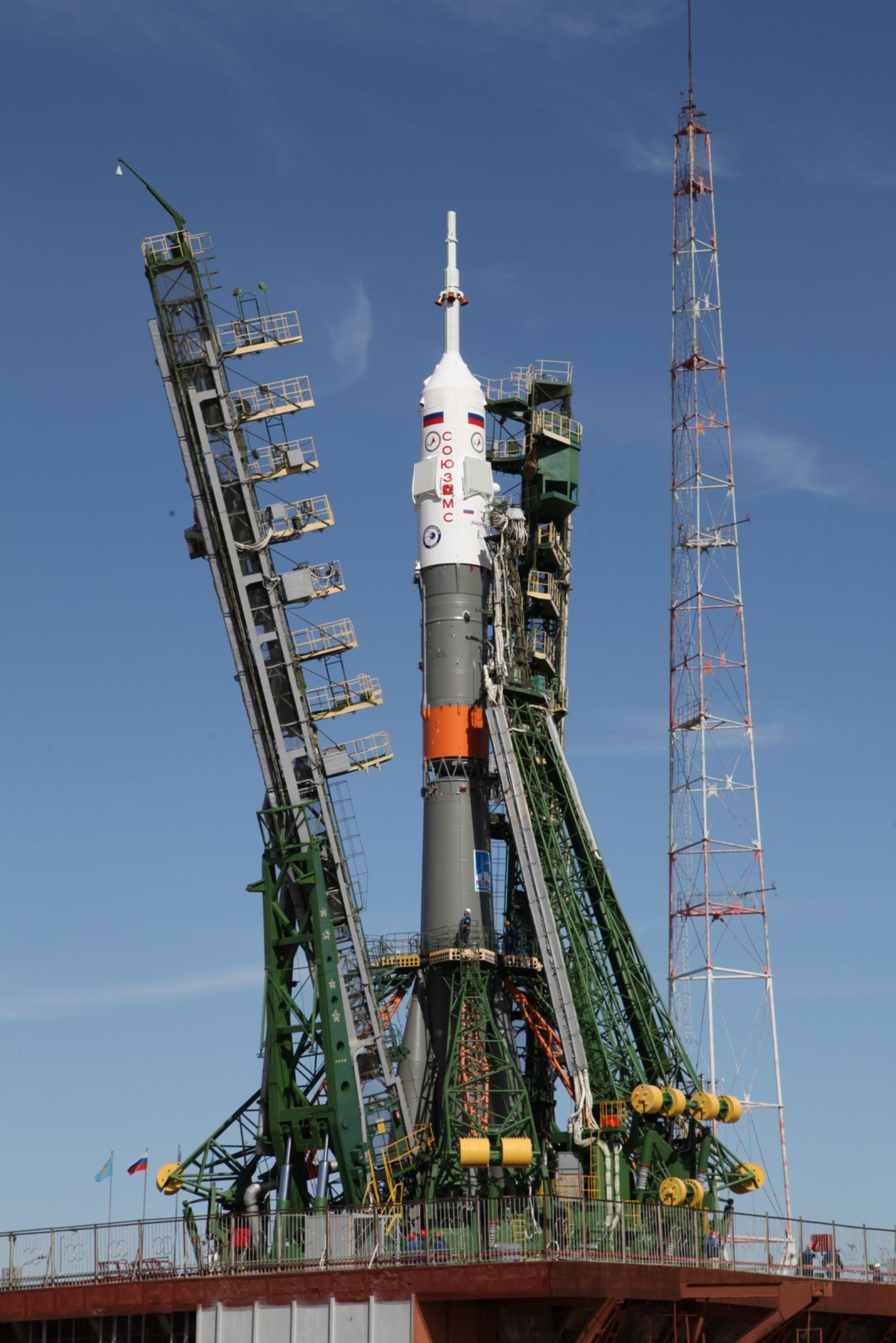

Most rockets, including the Falcon and Titan series and the Saturn V moon rocket, steer using gimballed engines, mounted so that the entire rocket motor can pivot and vary the direction of its thrust from moment to moment.

Gradual adjustments are needed to steer the rocket towards an orbital trajectory, but a severe misalignment can send the rocket whirling out of control. So while the action force rapidly accelerates a small mass of exhaust gas to hypersonic speeds each second, the equal reaction force produces a far smaller acceleration in the opposite direction on the far greater mass of the rocket.Īs the rocket gains speed, keeping the direction of motion closely aligned with the direction of thrust is critical. (Image credit: NASA)Īlthough the forces acting in both directions are equal, their visible effects are different because of another of Newton's laws, which explains how objects with greater mass need more force to accelerate them by a given amount. The Delta II rocket's first-stage core was assisted by nine separate solid-rocket boosters during launch. Specifically, this force acts on the upper wall of the combustion chamber, but because the rocket motor is integral to each rocket stage, we can think of it acting on the rocket as a whole. Isaac Newton's third law of motion (opens in new tab) states that every action has an equal and opposite reaction, so the "action" force that drives the exhaust out of the rocket nozzle must be balanced by an equal and opposite force pushing the rocket forward. The nozzle is a specially shaped exhaust that channels the hot, high-pressure gas created by combustion into a stream that escapes from the back of the nozzle at hypersonic speeds, more than five times the speed of sound. Expanding gases from the explosion are pushed out of the back of the rocket through a nozzle. Rockets must delicately balance and control powerful forces in order to make it through Earth's atmosphere into space.Ī rocket generates thrust using a controlled explosion as the fuel and oxidant undergo a violent chemical reaction. Although he did not live to see his work recognized, Tsiolkovsky's principles still underpin modern rocketry. He realized that the explosive rocket propellants of his time were far too inefficient to power a space rocket, and argued that liquid fuels and oxidants, such as liquid hydrogen and liquid oxygen, would ultimately be needed to reach orbit and beyond. Tsiolkovsky devised a complex equation that revealed the necessary thrust force needed for any given rocket maneuver, and the "specific impulse" - how much thrust is generated per unit of fuel - needed for a rocket to reach space. This principle, still widely used today (opens in new tab), reduces the amount of dead weight that needs to be carried all the way into space. Tsiolkovsky came up with various rocket designs and concluded that the most efficient setup was a vertically launched vehicle with several 'stages' - each a self-contained rocket that could carry the stages above it for a certain distance before exhausting its fuel, detaching and falling away. He correctly identified the launch as one of the biggest challenges - the moment where the rocket has to carry all the fuel and oxidant it needs to reach space - as its weight is at a maximum and a huge amount of thrust is needed just to get it moving.Īs the rocket gets underway it sheds mass through its exhaust, so its weight is reduced and the same amount of thrust will have a greater effect in terms of accelerating the rest of the rocket. The first person to seriously study the rocket's potential for space travel, Russian schoolteacher and amateur scientist Konstantin Tsiolkovsky, first published his conclusions in 1903. The Space Shuttle’s unique design channelled propellant from an external tank to the Shuttle’s main engines during launch, while two large solid rocket boosters assisted.


 0 kommentar(er)
0 kommentar(er)
